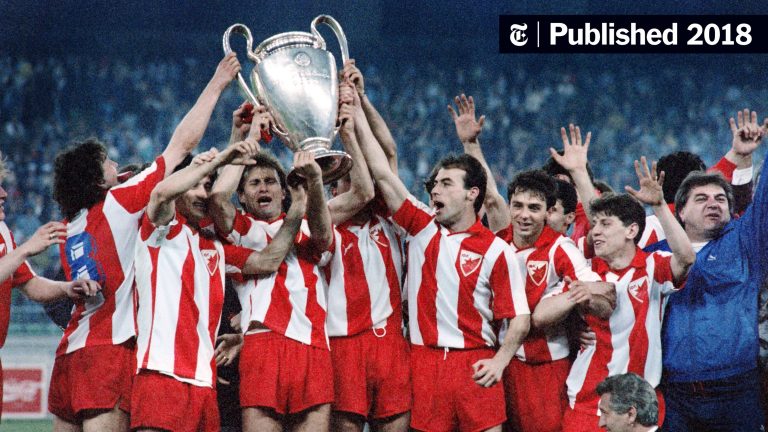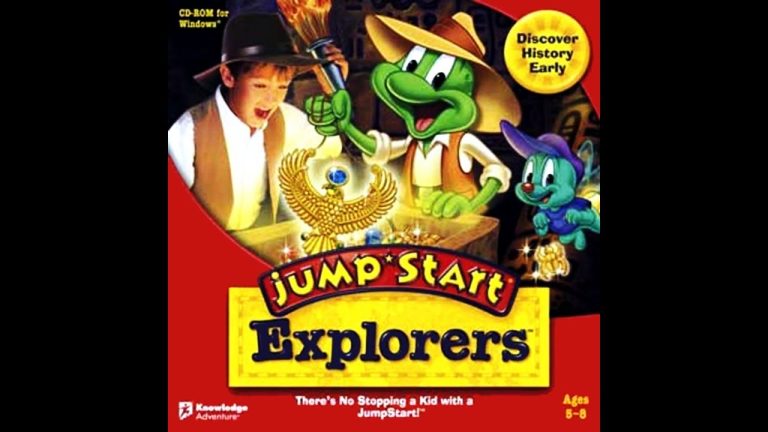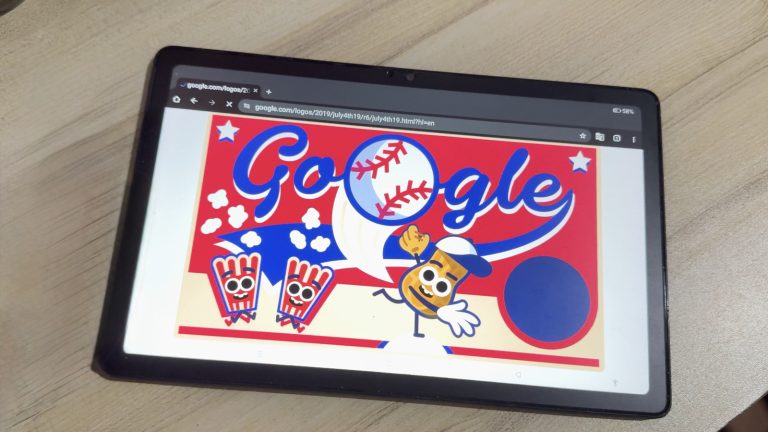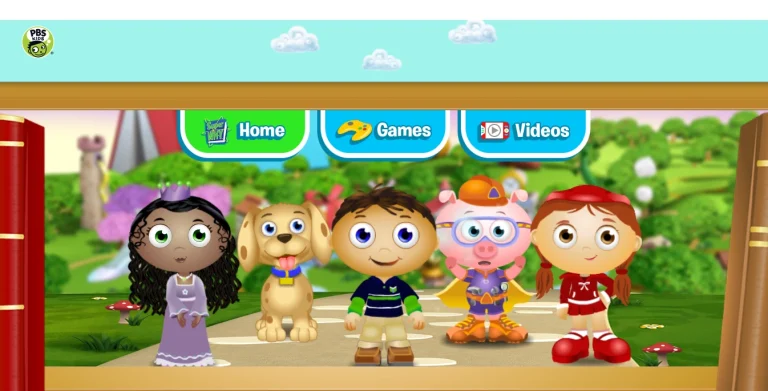Red Star Belgrade stands among Europe’s football giants. Matches played under its banner carry weight beyond scores. Each game echoes tradition, fierce rivalries, rising talents, and intense emotions. Fans adore the club for more than trophies. They come for spectacle, identity, the collective heartbeat every time Red Star plays at home or abroad.
Founding, Early Glory, Rise in Europe
Red Star Belgrade was formed shortly after the Second World War ended. In the years that followed, the club claimed domestic titles, cups, and sweeping national championships. Early successes built a fan base, culture, and identity. Players like Rajko Mitić and Bora Kostić emerged, forging the first golden era. Red Star achieved the first European Cup semi-finals during that era. Domestic dominance, coupled with growing continental presence, made the club synonymous with ambition and pride. (Historical context supported by sources on the first golden era and club records.)
1991 marked the peak: Red Star won the European Cup trophy, trouncing Olympique de Marseille via penalties in the final. That victory cemented status among European elites. That same year, the club secured the Intercontinental Cup, showing strength against non-European champions. Those international achievements continue to define Red Star’s learned confidence in big-game moments.
Rivalries and Domestic Showdowns
Matches inside Serbia carry urgency. The eternal Derby between Red Star and Partizan Belgrade represents more than a game. It tightens social bonds, divides allegiances, and becomes a focal point for pride. These derby games bring the biggest crowds, loudest chants, symbolism riding every tackle, every goal. Fans know each outcome becomes part of a long narrative: histories of victories, losses, and records.
SuperLiga matches also define seasonal success. Title races hinge on consistency. Games versus Vojvodina, OFK Belgrade, and Radnički contribute not only points but momentum. Local titles feed morale before continental competitions begin. Observers note Red Star often performs best in the league when scoring the first goal. Statistics show an extremely high win rate after the first goal scored in domestic matches. That edge speaks to character, preparation, and tactical discipline.
European Matches: Triumphs and Trials
In European competitions, Red Star Belgrade enjoy a storied past and present challenges. Champions League nights in Rajko Mitić Stadium turn into festivals. Historic wins, crushing losses, narrow escapes – each game adds a layer of collective memory. Recent seasons show Red Star battling giants like Benfica, Barcelona, AC Milan, and PSV. Some matches deliver grace under pressure, others expose weaknesses. Every European fixture tests squad depth, mental strength, and travel resilience.
Matches against top clubs often end with tight margins. For example, Red Star suffered a narrow defeat to Benfica at home after conceding early. In another match, though struggling in the group, they managed an impressive 5-1 home win over Stuttgart. Those moments show potential, also reveal that consistency at the highest level depends on both offence and defence, on handling pressure and crowd expectations.
Stadium Atmosphere and Fan Culture
Rajko Mitić Stadium, known as “Marakana,” serves as the theatre where Red Star’s drama plays out. When the stadium floods with supporters, a red-white sea of humanity, songs, drums, flares, magic emerges. Home advantage here means more than pitch shape. Crowd intensity disrupts visiting teams, lifts the home side. Many games swing because Red Star start fast, feeds off crowd energy. Opponents are often overwhelmed not just physically but psychologically.
Away games are harder. Travel, unfamiliar environment, hostile crowds in some stadiums, varying pitch conditions, all test discipline. Players must adapt. Games outside Serbia often decide the Real success of the season. European away fixtures determine revenue, reputation, and capacity to attract talent.
Recent Seasons: Patterns, Performances
Recent seasons show Red Star clinching the domestic double more than once. In the 2024-25 season, the club secured both the Serbian SuperLiga title and the Serbian Cup. Squad depth and management mattered. Goal scorers like Cherif Ndiaye played a big role. Defensive stability alongside offensive output proved decisive. The season highlighted domestic dominance, though challenges remained in the European campaign.
European campaigns often display contrasting moods. Big wins, embarrassing losses. Matches versus giants like Barcelona or Inter often push the team to the limit. Red Star sometimes manage upsets, sometimes succumbs. These games serve as measuring sticks. They expose gaps in squad quality, fatigue, or tactical rigidity. They also present a moment to shine on the international stage.
Key Moments, Memorable Games
1991 European Cup final remains a signature moment. Winning that trophy changed the club’s status in the European football hierarchy. The Intercontinental Cup that same year added global shine. The golden generation from early eras built a foundation for fans’ belief.
More recent memorable games include a crushing victory over Stuttgart in the Champions League. Also, high-intensity derbies where Red Star overwhelmed Partizan, or pulled off last-minute comebacks. Those contests feed club legend.
Challenges, Future Prospects
Red Star faces challenges. Financial constraints, maintaining squad quality, and balancing domestic and European priorities. Talent often moves abroad. Depth is sometimes tested in congested fixture periods. Injuries, travel fatigue, and tactical inflexibility can cost important points.
The future requires investment in youth, better scouting, modern training, and using analytics. Slight tactical adjustments can shift performance in Europe. Also, further improving away performances will raise consistency. Infrastructure, support systems (medical, psychological, logistical) will play a large role.
Why Red Star Games Matter
Red Star games deliver more than football. They bring history alive. They connect generations of fans. They symbolise the belief that underdog spirit, disciplined work, and community support still matter in the modern game. Every match stands as a testament to identity: perseverance, pride, ambition.
For neutral fans, Red Star contests often provide unpredictable drama. Matches in Champions League group stages or qualifiers show high stakes. Domestic derbies showcase raw emotional football. Game outcomes often hinge on small margins: tactical decisions, substitutions, penalty decisions.
Tips for Watching, Appreciating Red Star Games
To appreciate Red Star matches fully, one must understand context. Know club history: European Cup 1991, early golden eras, domestic dynasties. Recognise the significance of local rivalries, particularly Partizan. Watch body language, how the team responds after a goal is conceded. Momentum matters heavily.
Take note of stadium atmosphere. In home games, fan noise, chants, and flares contribute energy. In away games, resilience, discipline, and focus become more visible. Also, examine squad rotation. Red Star plays in multiple competitions; managing fitness often decides season outcomes.
Finally, watch performance under pressure. Games in the late Champions League group stage, elimination rounds, or deciding derbies often reveal character. Those matches define reputation more than routine league wins.
Read More: Super Why Games: Fun Learning for Kids Online
Conclusion
Red Star Belgrade games represent more than competitive fixtures. They carry the weight of history, culture, and identity. From early golden eras to modern Champions League battles, matches both domestically and internationally reflect a club’s character. Fans expect, players deliver or falter, critics analyse, and history remembers.
Performance consistency, tactical adaptability, and squad investment will determine Red Star’s future in Europe. Home dominance is likely to continue. Away success remains an area for growth. Meanwhile, stadium roars will always echo passion. Red Star games will keep inspiring, surprising, and reminding us that football remains powerful wherever courage, belief, and community unite.
FAQs
What are Red Star Belgrade games known for?
They are famous for passionate fans, historic rivalries, and European football drama.
Which rivalry is the most important for Red Star Belgrade?
The Eternal Derby against Partizan Belgrade is the club’s biggest rivalry.
What was Red Star Belgrade’s greatest achievement?
Winning the 1991 European Cup and Intercontinental Cup remains the club’s peak.
Where does Red Star Belgrade play home games?
The club plays at Rajko Mitić Stadium, known as “Marakana.”
How successful is Red Star Belgrade today?
The club dominates Serbian football and competes regularly in European competitions.






